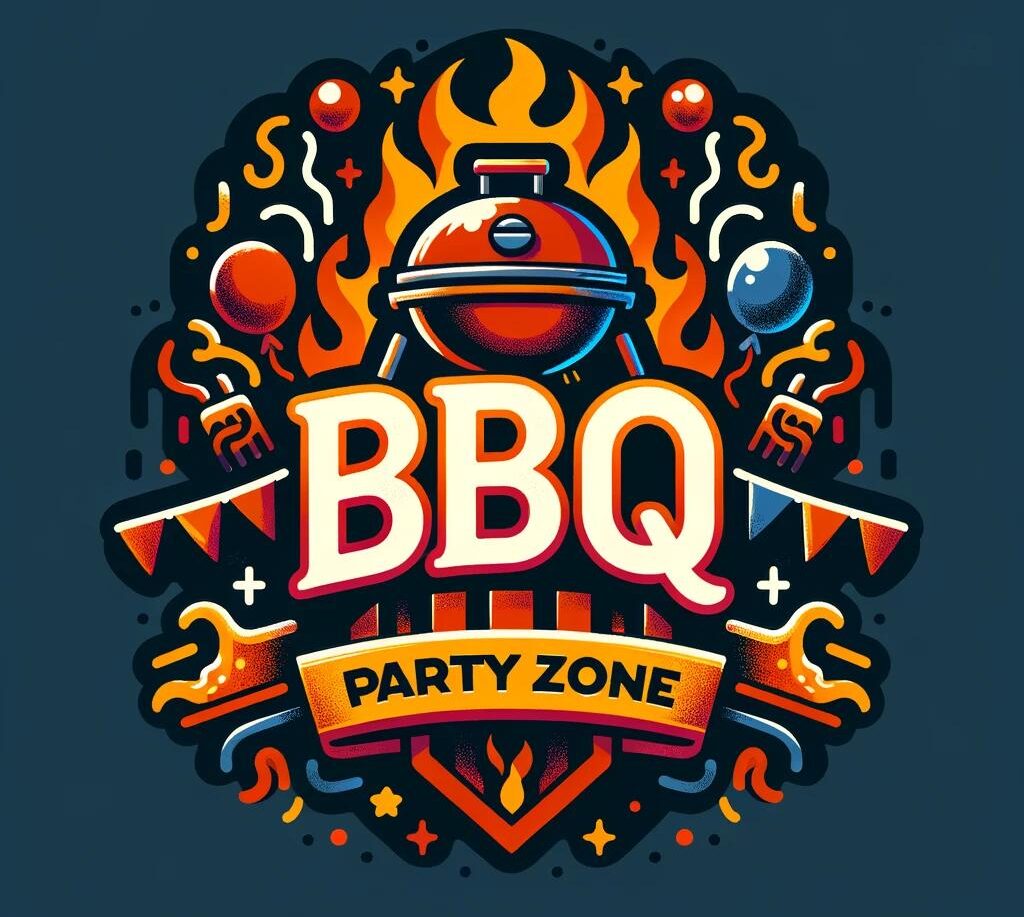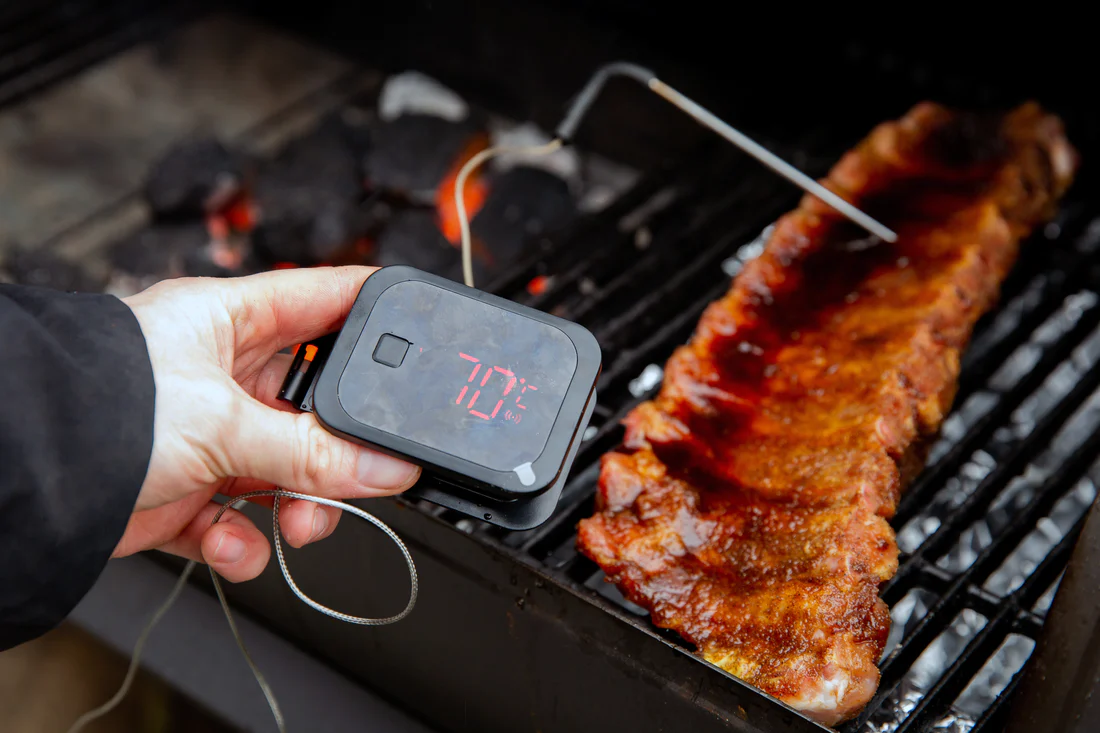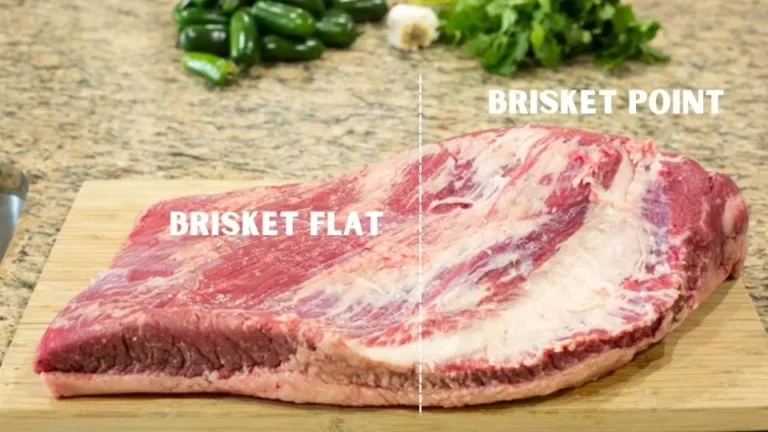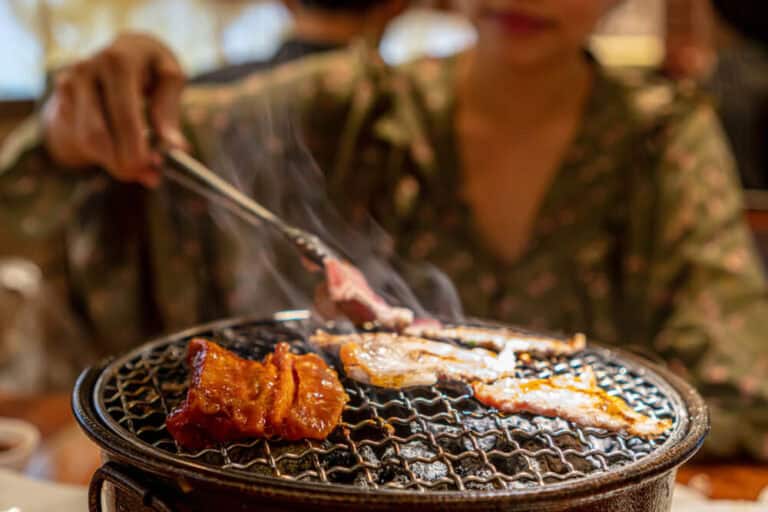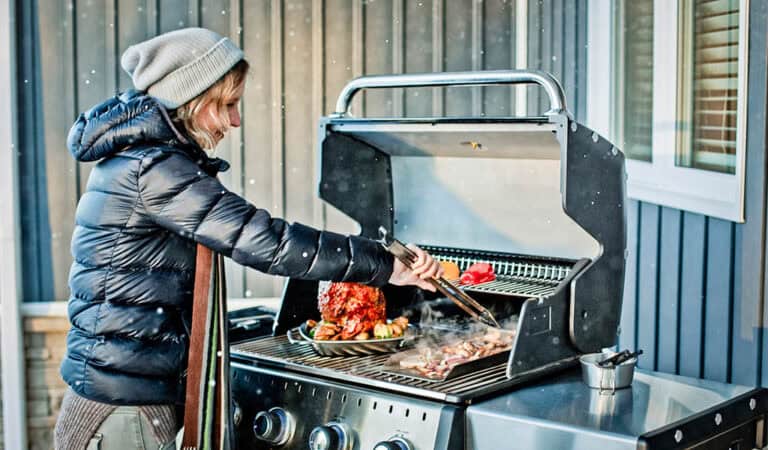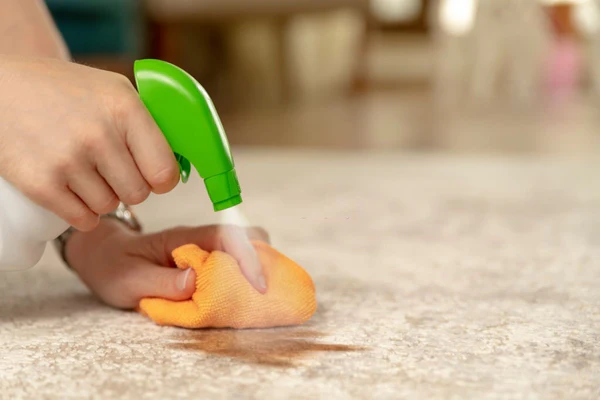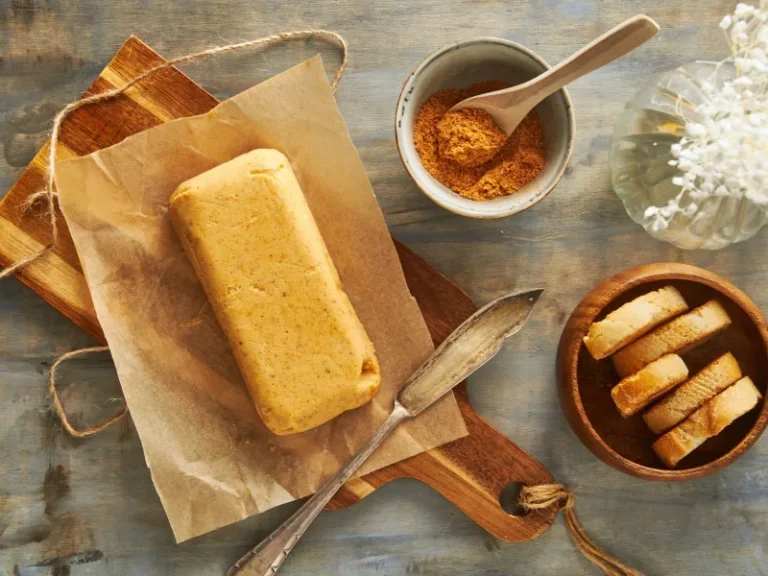How Long to Cook Spare Ribs on BBQ
Sizzling on the grill, the aroma of BBQ spare ribs promises a feast for the senses. This guide is your ticket to achieving rib perfection, a culinary triumph that’s both simple and satisfying. Whether you’re a seasoned pitmaster or a weekend griller, the journey to mouthwatering ribs begins here.
Spare ribs, the star of barbecues, are all about the balance of flavor and tenderness. Our step-by-step approach to How Long to Cook Spare Ribs on BBQ demystifies the process, ensuring that even novices can serve up ribs that’ll have guests clamoring for seconds. From selecting the right cut to the final, triumphant bite, we’ve got you covered.
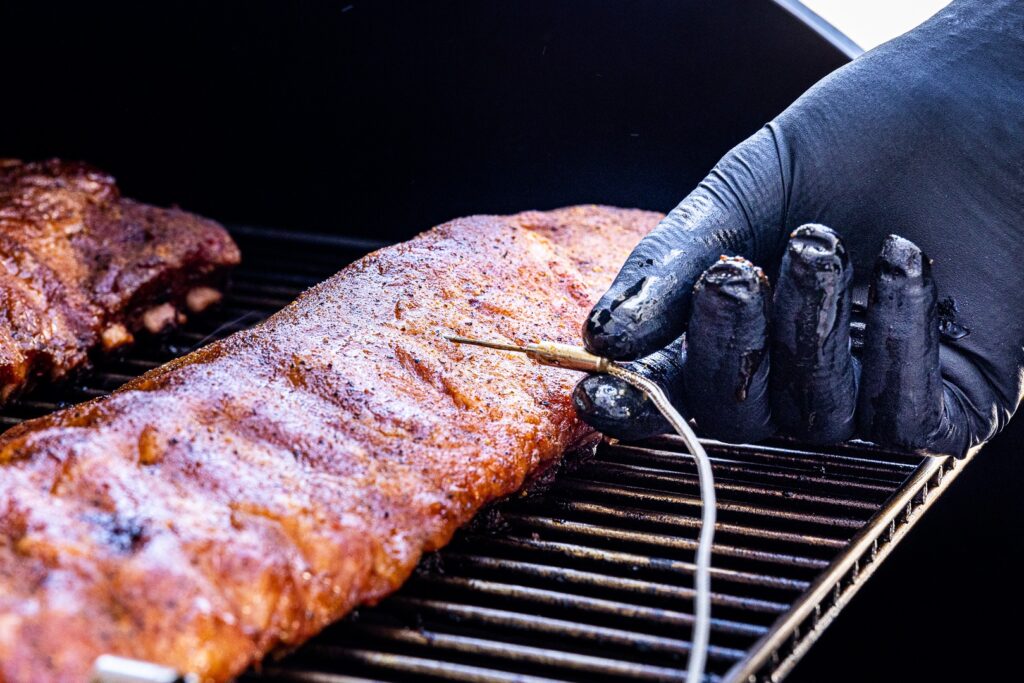
Cooking spare ribs on the BBQ isn’t just a meal; it’s an experience. It’s the anticipation as the meat slowly transforms under the lid, the camaraderie shared around the fire, and the joy of that first succulent taste. Ready your tongs and apron; it’s time to turn those ribs into a masterpiece. Let’s explore how long it takes to cook spare ribs on BBQ.
How Long to Cook Spare Ribs on BBQ: Understanding Spare Ribs
Spare ribs are more than just a cut of meat; they’re a canvas for culinary artistry, a chance to showcase your BBQ prowess. Let’s delve into what makes spare ribs a BBQ favorite and how you can select the best for your grill.
What Are Spare Ribs?

Spare ribs are a cut of pork taken from the lower portion of the pig, specifically the belly and breastbone, behind the shoulder. They contain more bone than meat, but this is precisely what gives them their distinctive flavor and texture. As they cook, the fat melts away, infusing the meat with rich, porky goodness.
Different Types of Spare Ribs
There are a few variations of spare ribs to be aware of:
St. Louis Style Ribs:
These are trimmed down, with the sternum bone, cartilage, and rib tips removed to create a uniform, rectangular shape. They’re meatier and flatter, which makes them great for even cooking.
Baby Back Ribs:
Cut from where the rib meets the spine after the loin is removed; these are shorter and sometimes more tender than the St. Louis Style.
Country-Style Ribs:
These are not ribs in the traditional sense. They’re cut from the sirloin or rib end of the pork loin and are meatier and thicker.


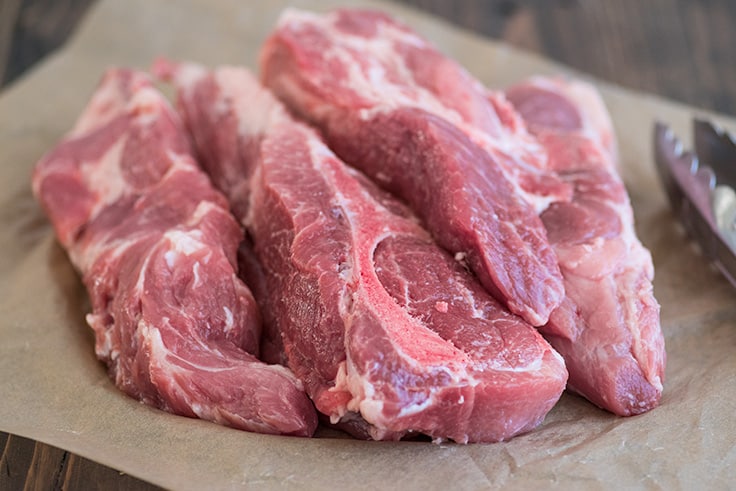
Selecting the Best Spare Ribs
When choosing spare ribs, look for:
- Meat Quality: Opt for ribs with a good meat-to-bone ratio and a healthy amount of fat marbling. The fat should be white or cream-colored.
- Freshness: Fresh ribs will have a pinkish-red color with no off-odors. Avoid ribs that look dry or have discolored edges.
- Even Thickness: This ensures even cooking. Avoid slabs with shiners, where the meat has been cut too close to the bone.
Essential Preparation Steps
Before the ribs hit the grill, preparation is key. Here’s how to prep your ribs like a pro:
- Remove the Membrane: On the bone side, there’s a thin, tough membrane. Slide a knife under it to loosen it, grab it with a paper towel, and pull it off.
- Trimming: If necessary, trim any excess fat or meat to ensure an even shape and size for consistent cooking.
- Rinsing and Drying: Rinse the ribs under cold water to remove any bone fragments or residue. Pat them dry with paper towels.

The BBQ Setup
Creating the perfect BBQ environment is crucial for cooking spare ribs that are both delicious and memorable. Here’s how to set up your BBQ for the best results.
Ideal BBQ Temperature for Spare Ribs
The key to perfectly cooked spare ribs is maintaining a consistent low heat. Aim for a temperature range of 225°F to 250°F (107°C to 121°C). This slow-cooking process allows the connective tissues in the ribs to break down, resulting in tender meat that falls off the bone.
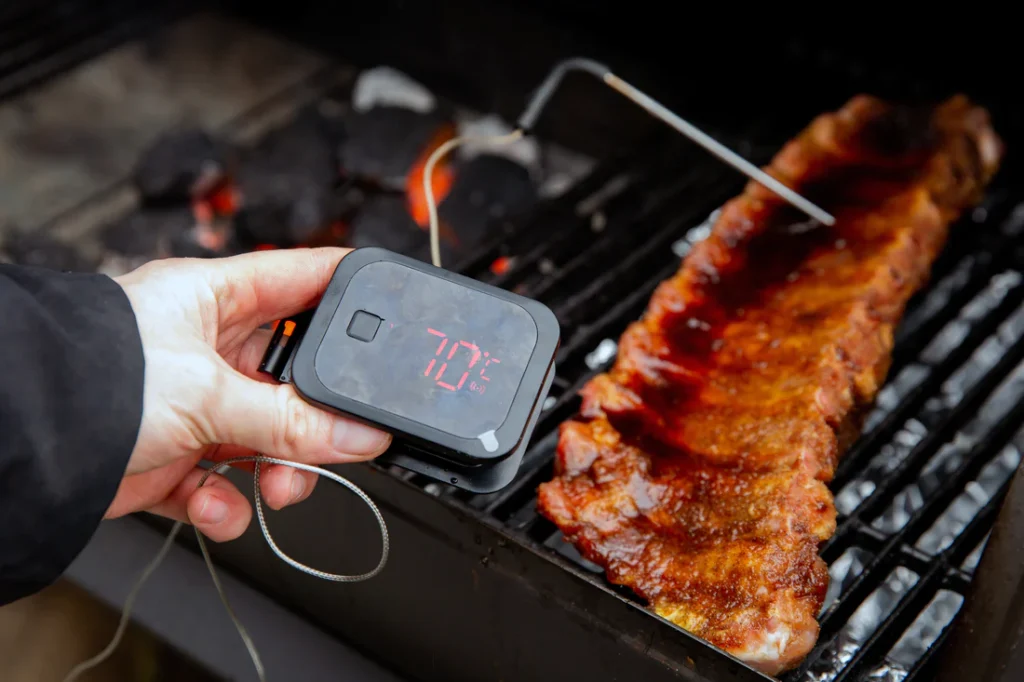
Tools and Equipment Needed
Before you fire up the grill, make sure you have the following tools on hand:
- A reliable BBQ grill is suitable for indirect cooking.
- A meat thermometer is used to check the internal temperature of the ribs accurately.
- Long-handled tongs for safely turning the ribs.
- Aluminum foil is used to wrap the ribs during the ‘Texas Crutch’ phase if desired.
- Wood chips or chunks are for smoking if you’re after that smoky flavor.
- A basting brush is used to apply your sauce or mop.
Seasoning Your Spare Ribs
The right seasoning can elevate your spare ribs from good to unforgettable. Here’s how to infuse your ribs with flavors that will tantalize the taste buds.
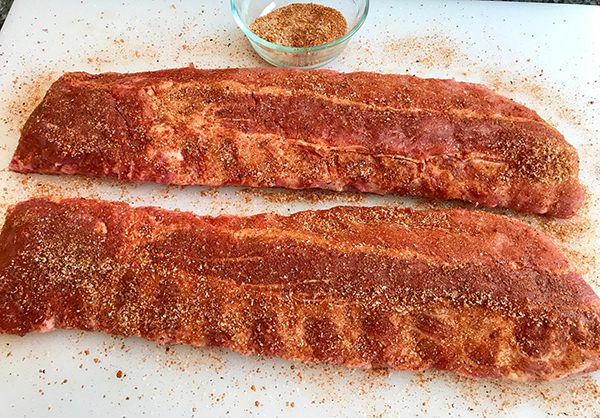
Simple and Effective Rubs and Marinades
Begin with a basic rub. Combine equal parts of brown sugar, paprika, salt, and black pepper. Add garlic powder, onion powder, and a touch of cayenne for heat. Mix these dry ingredients well and generously coat both sides of your ribs.
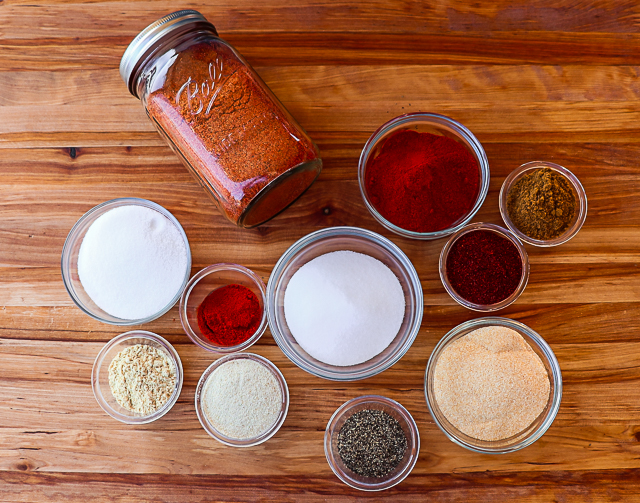
For a marinade, blend apple cider vinegar with olive oil, Worcestershire sauce, and your dry rub spices. Let the ribs soak in this mixture for a few hours, or overnight, to deepen the flavor.

Customizing Flavors to Your Taste
Feel free to get creative with your seasonings. Love a bit of zest? Add some lemon peel to your rub. Craving sweetness? A hint of honey in your marinade will do the trick. The beauty of BBQ is in the personal touch, so don’t hesitate to experiment.
Remember, the seasoning is not just about taste; it’s about creating a crust, known as the ‘bark,’ that will give your ribs texture and a mouthwatering appearance. So, apply your rub or marinade with love, and look forward to the delicious results.
Cooking Time and Techniques
Cooking spare ribs on the BBQ is an art that combines patience with technique. Here’s how to ensure your ribs are cooked to perfection, packed with flavor, and so tender they’ll melt in your mouth.
How Long to Cook Spare Ribs on the BBQ
The cooking time for spare ribs on a BBQ can vary, but a good rule of thumb is 5-6 hours at a low temperature of 225°F to 250°F (107°C to 121°C). This slow cooking process allows the meat to become tender and flavorsome without drying out.
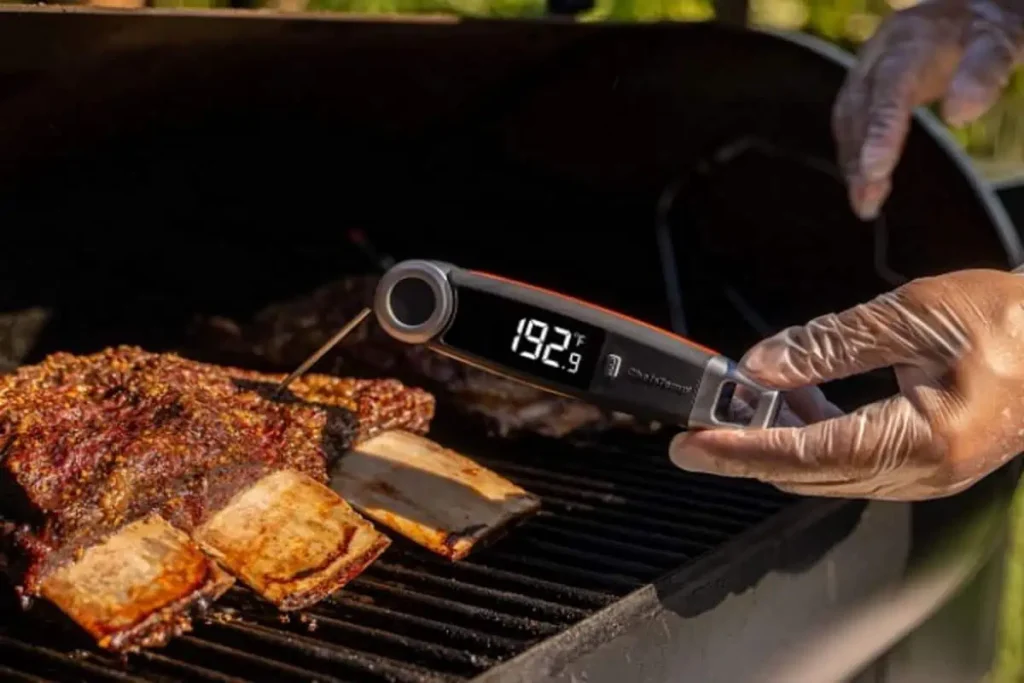
Indirect vs. Direct Heat Methods
- Indirect Heat: For most of the cooking time, you’ll use indirect heat. This means the ribs are placed on the part of the grill that’s not directly over the coals or burners. It allows for even cooking and prevents the outside from burning before the inside is done.
- Direct Heat: In the final 30 minutes, you might want to move the ribs over direct heat. This crisps the exterior and gives that classic BBQ char. Keep a close eye on them to prevent burning.
Tips for Maintaining Consistent Temperature
- Don’t Open the Lid Too Often: Every time you peek, heat escapes. Resist the temptation and only check periodically.
- Use a Water Pan: Placing a pan of water in the grill helps stabilize the temperature and adds humidity, which can keep the ribs moist.
- Monitor with a Thermometer: A digital BBQ thermometer with a probe can stay in the meat while it cooks, giving you a continuous temperature readout without lifting the lid.
Testing for Doneness
Ensuring your spare ribs are cooked just right is crucial. Here’s how to test for doneness so you serve up perfection every time.
The “Bend Test” and Meat Thermometer Usage
- The Bend Test: Pick up the rack of ribs with a pair of tongs and bounce them slightly. If the ribs are ready, they will bend easily, and the meat will start to crack on the surface.
- Meat Thermometer: Insert a meat thermometer into the thickest part of the rib meat without touching the bone. The ribs are done when they reach an internal temperature of 190°F to 200°F (88°C to 93°C).
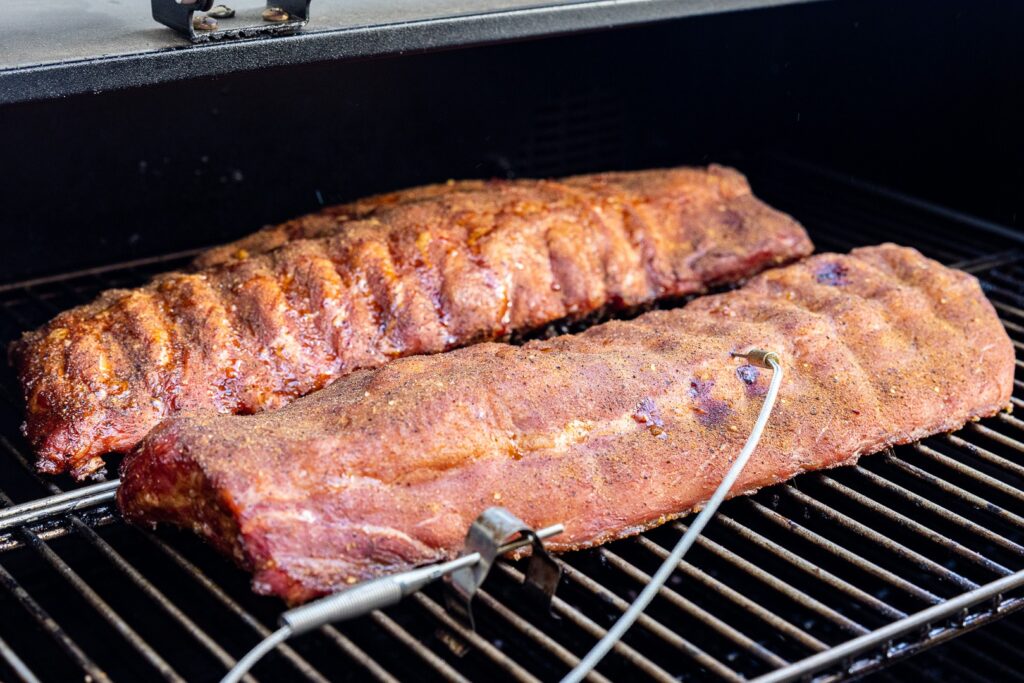
Visual and Tactile Cues
- Color: Look for a deep mahogany color on the surface of the ribs.
- Texture: The meat should be tender enough that it pulls away from the bone with a gentle tug but not so much that it falls off the bone.
Resting and Serving
After cooking, let your ribs rest for about 10 to 15 minutes. This allows the juices to be redistributed, ensuring that every bite is moist and flavorful. Slice the ribs between the bones, serve with your favorite BBQ sauce on the side, and watch as your guests delight in the succulent flavors.
Final Analysis
When it comes to how long to cook spare ribs on BBQ, remember that the key to delectable ribs lies in patience and attention to detail. Whether it’s selecting the right cut, mastering the temperature, or perfecting the seasoning, each step is a building block to culinary excellence.
Embrace the process, experiment with flavors, and don’t shy away from asking for feedback. After all, the best BBQ is the one that brings people together, creating memories that linger as longingly as the smoky aroma of your perfectly grilled spare ribs.
